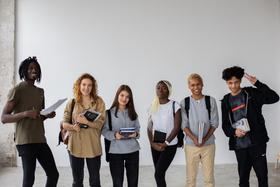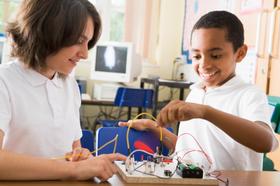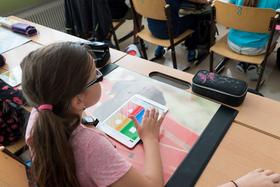Abe Diploma Program serves 56 students in grades 9-12.
The percentage of students achieving proficiency in math is <50% (which is lower than the Minnesota state average of 59%).
The student-teacher ratio of 8:1 is lower than the Minnesota state level of 13:1.
Minority enrollment is 61% of the student body (majority Black and Hispanic), which is higher than the Minnesota state average of 39% (majority Black and Hispanic).
Quick Facts (2025)
- School Type: Alternative school
- Grades: 9-12
- Enrollment: 56 students
- Student-Teacher Ratio: 8:1
- Minority Enrollment: 61%
- Graduation Rate: 70-79% (Btm 50% in MN)
- Math Proficiency: <50%
- Source: National Center for Education Statistics (NCES), MN Dept. of Education
Top Rankings
Abe Diploma Program ranks among the top 20% of public schools in Minnesota for:
Category
Attribute
Diversity
Community Size
Student Attention
School Overview
Abe Diploma Program's student population of 56 students has grown by 33% over five school years.
The teacher population of 7 teachers has declined by 12% over five school years.
School Type
Grades Offered
Grades 9-12
(No virtual instruction)
(No virtual instruction)
Total Students
56 students
Gender %
Total Classroom Teachers
7 teachers
School Calendar
First Day of School
Mon. Sep 1, 2025
Last Day of School
Tue. Jun 30, 2026
School Rankings
The diversity score of Abe Diploma Program is 0.76, which is more than the diversity score at state average of 0.59. The school's diversity has stayed relatively flat over five school years.
Math Test Scores (% Proficient)
(16-17)<50%
59%
Student-Teacher Ratio
8:1
13:1
American Indian
4%
2%
Asian
9%
7%
Hispanic
18%
12%
Black
23%
12%
White
39%
61%
Hawaiian
2%
n/a
Two or more races
5%
6%
All Ethnic Groups
Graduation Rate
70-79%
84%
Eligible for Free Lunch
34%
36%
Eligible for Reduced Lunch
5%
7%
School Statewide Testing
School District Name
Source: National Center for Education Statistics (NCES), MN Dept. of Education
Profile last updated: 02/09/2025
Frequently Asked Questions
What is the graduation rate of Abe Diploma Program?
The graduation rate of Abe Diploma Program is 70-79%, which is lower than the Minnesota state average of 84%.
How many students attend Abe Diploma Program?
56 students attend Abe Diploma Program.
What is the racial composition of the student body?
39% of Abe Diploma Program students are White, 23% of students are Black, 18% of students are Hispanic, 9% of students are Asian, 5% of students are Two or more races, 4% of students are American Indian, and 2% of students are Hawaiian.
What is the student-teacher ratio of Abe Diploma Program?
Abe Diploma Program has a student ration of 8:1, which is lower than the Minnesota state average of 13:1.
What grades does Abe Diploma Program offer ?
Abe Diploma Program offers enrollment in grades 9-12 (No virtual instruction).
What school district is Abe Diploma Program part of?
Abe Diploma Program is part of Rosemount-Apple Valley-Eagan School District.
School Reviews
Review Abe Diploma Program. Reviews should be a few sentences in length. Please include any comments on:
- Quality of academic programs, teachers, and facilities
- Availability of music, art, sports and other extracurricular activities
Recent Articles
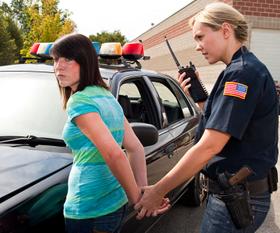
Opinion: Handcuffing in Public Schools is a Gateway to More Violence
Some districts are banning handcuffing, while others are cuffing kindergarteners simply throwing a temper tantrum. Read this editorial to see why this author believes slapping the cuffs on children鈥檚 wrists only leads to more behavior issues and violence in their adult lives.

Whooping Cough: Should Vaccinations be Required for Public School Enrollment?
Whopping cough is making a comeback, especially amongst children, prompting health officials to encourage pertussis vaccines and boosters. However, should the pertussis vaccine be required for public school enrollment? Learn about current proposed laws and its ramifications.
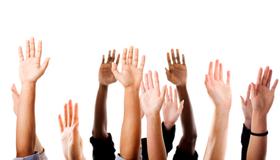
What are Common Core Standards and Why Do We Need Them?
With schools nationwide adopting common core standards, we鈥檒l take a look at what they are, their benefits, and how they will change the face of public education.



